Diane Williams’s story “Garden Magic” appears in our Fall 2019 issue. We asked her to give us a tour of the objects in her office.
The artworks in the room where I write inhabit my fiction everywhere, and those of them that are not explicitly conjured nevertheless recommend themselves to me daily.
If I look to the right, while sitting in my chair, I follow the travels of Ebenezer Wright’s jerry-rigged adventurer with whom I readily identify.
He is a vintage toy clown, riding a scooter, coasting on a roadway—wholly dependent, it seems, on a wing butterfly screw.
His destination is a formidable one and he is so eager—he’s on tiptoe. For if he keeps faith with the gray-shaded, curving pathway that he began the journey on, he’ll soon arrive at the Great Sphinx—situated only inches above him.
I may never get to Egypt. I’d very much like to go there, but I am a timid traveler and, therefore, thankful for “The Great Sphinx, Pyramids of Gizeh” by David Roberts, July 17, 1838—a Met Museum print I bought in 1992.
Wright created the photographic tableau “Back to ‘Gunba’” by resting the tin figure atop an oil painting by Judith Leighton, his partner, a beloved Blue Hill, Maine, artist and gallery owner who recently died.
We visit Blue Hill every summer to stay a week with our good friends Christine Schutt and David Kersey, and to get the chance, too, to luxuriate in Kersey’s transcendently beautiful and ambitious garden. We have found many artworks in Blue Hill and its environs, and along the nine-hour route each way.
Beneath the Wright artwork is a gift from Hamza Walker, who was well aware of my preoccupation with Sigmund Freud. Gary Cannone’s collage (“Freud’s Library,” 1992) features a black-and-white photograph, a detail of Freud’s consulting room—a selection of his books on shelves. Bordering this is the artist’s color photograph of a stack of the modern library editions of the same titles.
Not pictured, but close at hand, is my own collection of Freud’s writings, jam-packed on a long shelf and mostly in paperback.
A drawing of the sphinx and one of the great temple of Aboosemble were present in Freud’s consulting room. I also possess a drawing of this temple by Roberts (another Met Museum print) that hangs on the northern wall.
Below the Roberts sphinx, we’ve suspended the once-modest ceramic planter, which I broke by accident, that used to inconspicuously protect a potted violet on our windowsill.
Nowadays, the crashed planter is center stage and I think it is ecstatic.
My partner Wolfgang Neumann’s sculptures startle, comfort, and reinvigorate me, and they can be seen where we live, high and low, and in every direction.
Mind you, my clumsiness did not help to deliver a myriad of these stunners to the world. In the service of Wolfgang’s work, we assiduously scout flea markets and thrift shops to locate damaged or neglected ceramic treasures.
On the Korean chest, from her pedestal, a mythical bird-woman (an antique kinnaris) presides. I have read that she is famous for dance, song, and poetry. Apparently, she is also demonic.
Once, with Wolfgang at my side, while I was repositioning framed family photographs set out by her, she suddenly rose, did a somersault, and then aimed the cruel point of her headdress directly at the top of Wolfgang’s bare foot. His wound took several months to heal properly.
Please understand, she was not originally meant to be anywhere near us. I had initially purchased her as a gift for my mother and when I gave it to her, my mother said, “Well, why do I need this when I have that?” and she gestured toward her colossal bronze Lord Vishnu on the stair landing.
Her swift dismissal of my gift was, of course, painful, and I decided to hold on to the goddess. Back at home, I was shocked to see that she is endowed with the same facial profile as my mother.
So yes, this deity is aggressive, and she devises a surprise entrance in the midst of a climactic scene in my novella, The Stupefaction.
She is one of many rarities I am privileged to have secured from the shop of Therese Gibrat, who was busy closing it down when I met her. I bought more than several objects from Therese out of her home.
Therese soon became a good friend. Behind her French-accented English, I detected a Yiddish accent. She reminded me of my grandmother, who was also Jewish, who loved to speak French to me, and who had been a Romanian émigré.
I later learned that Therese was a Polish Jewish refugee. She escaped on foot through the woods with her young son.
She found refuge in France and married Marcel Gibrat, who, when they moved to New York, was hired to restore antiquities at the Met.
Within a tramp-art frame, on the floor, aslant against the Korean chest, a dog stands on its hind legs begging. A cat waits also, tail up, as a young girl holds a loaf of bread under her chin that she is about to carve with her long, sharp bread knife. This illustration is in repeat on vintage cloth—and is a curiosity I purchased from Janet West’s booth at the Chelsea open-air flea market.
Why does the girl choose such an unorthodox and dangerous violinist’s pose to slice her bread? This query served to set in motion “The Poet” in Fine, Fine, Fine, Fine, Fine.
Close by, over the doorknob, hangs an old-fashioned ostrich feather duster. Yes, I know—it’s a very odd gift to be given to me by a friend. Now it’s dressed in an embroidered velvet jerkin that I sewed years ago to clothe a teddy bear for one of my sons. The whole affair is topped off by a straw gardening hat, too large for me and also too uncomfortable to wear, but too pretty to give away. This duster, even before it proved itself to be numinous, took a leading role in “The Strong Petals of Quiet” in The Stupefaction.
The framed print to the right of the closet door is a crayon and charcoal portrait of a woman by Odilon Redon (“Armor”). She is smothered, it looks like, inside of a thorny helmet and mask. She won’t speak! Don’t speak! is what I hear when I look at her, and she never leaves off frightening me.
My son Jake’s “Robot”—fashioned when he was in grade school—is astride Odilon’s mute and stifled apparition.
Jake’s ultracompetent invention can rescue anyone who may end up helpless in extremis. And Jake has offered clear directions for his robot’s use on the collage’s reverse side.
I love my “Kilimanjaro”—a trial color proof by the printmaker Letterio Calapai. Late in life he made his prints in a storefront studio in Glencoe, Illinois—a small northern suburb of Chicago where I used to live. And it was quite fortuitous to meet up with this very kind and wholly dedicated artist, then in his eighties, and to me he looked happy! When my oldest son was a toddler we’d visit him together often and watch him work.
“Kilmanjaro,” he said, was his masterpiece, and I was as much impressed by his pride as I was by his painstaking process.
One day he asked me what I thought of the color of his Kilimanjaro’s sky—his first trial color print.
I remember feeling surprised that it might be possible for me to have an opinion about this. Why wouldn’t I approve of the color he had chosen for his sky? Of course, I did. I was honored to be asked the question and entirely flummoxed.
When my first book, This Is About the Body, the Mind, the Soul, the World, Time, and Fate, was published, Letterio read it, admired it, and he embraced me. I have never forgotten his generous salute—I barely received comment from other friends and family in that village, in that era.
The red-legged, upside-down, exhausted, winged god was painted by my son Alec when he was a child and there is no need to explain why the god regularly gets my attention.
The other Roberts print I own is below Cybele Troyan’s portrait in oil, which I came upon in her studio. I also saw the model for the artwork—the supersize rag doll that Cybele had made—although, only its lower half was visible. In a corner, the doll was slumped headfirst. I wonder now: did she even have a head?
I discovered Troyan’s work through her mother, my friend and colleague, the fiction writer Sheila Kohler.
This raucous painting, which I often meditate on, launched “Girl with a Pencil” in Fine, Fine, Fine, Fine, Fine.
Both artworks—the Troyan and the Roberts—foreground gargantuan legs. Perhaps I fit these images together for this reason. I can’t recall.
The gargoyle-like plague doctor’s mask still causes recoil, but may also perpetually provide me necessary permission to deliver darker impulses to the page.
I found the mask at Drottningholm Palace in Sweden, at the shop attached to its opera house, when we were on a visitor tour. The eighteenth-century palace theater is one of the earliest opera houses in existence and it is in operation to this day, with its original stage machinery intact.
The tormented pair of papier-mâché figures look to me as if they’re yelping. The artist and clairvoyant Melissa Townsend fashioned these sculptures in the hopes that they’d help me manage my romantic distress. I was meant to put them together in pleasing postures or to keep them separate, but usually they were supine or prone on some surface, listless and ignored, dangerously behaving very much like clutter.
So Wolfgang, when I met him, disengaged them thoroughly, and then leashed them satisfactorily and completely beyond my reach and my control.
Diane Williams is a fiction writer, and founder and editor of NOON. Her collected stories were published last fall be Soho Press. Her story “Garden Magic” appears in our Fall 2019 issue.
from The Paris Review https://ift.tt/32L7LPl
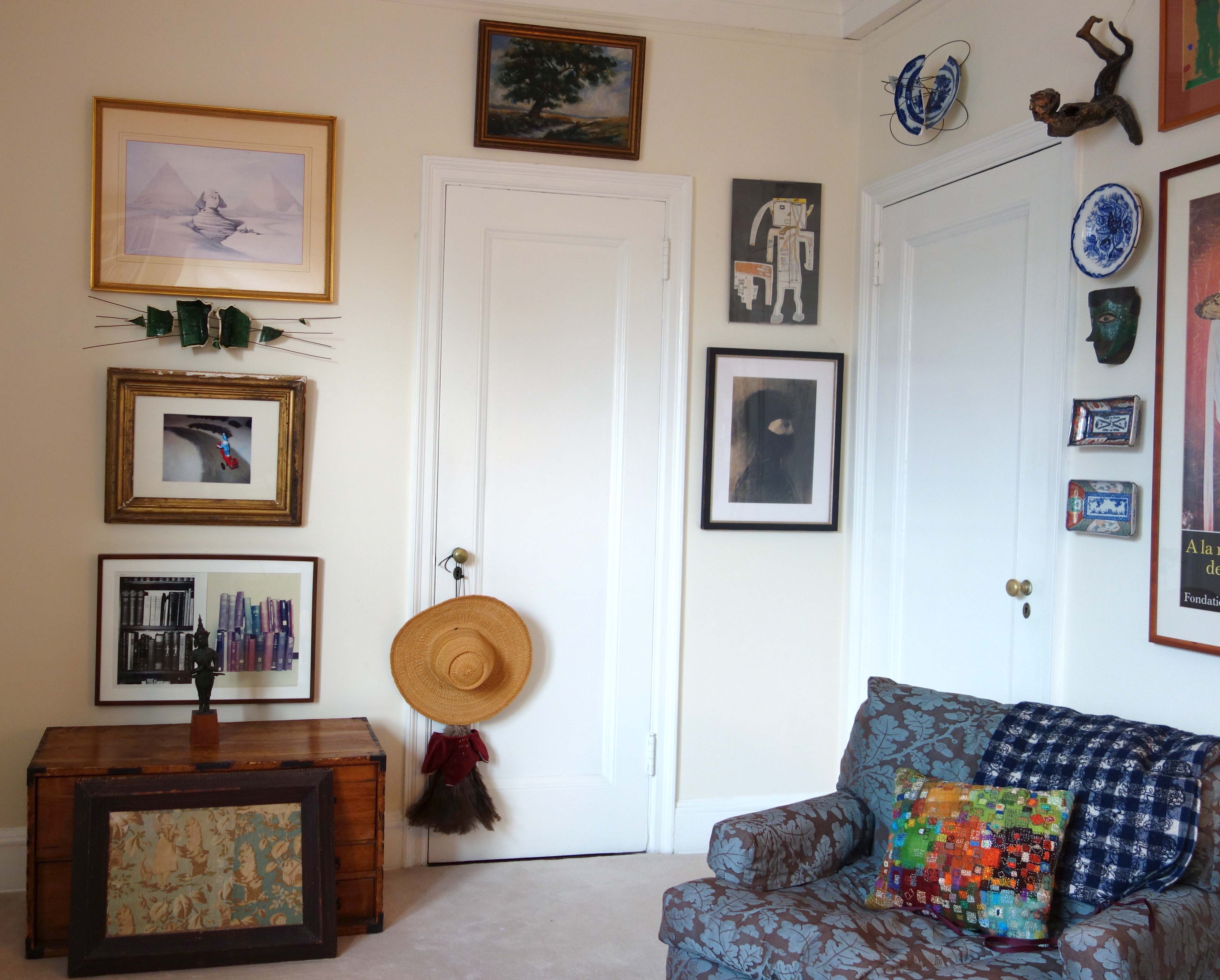
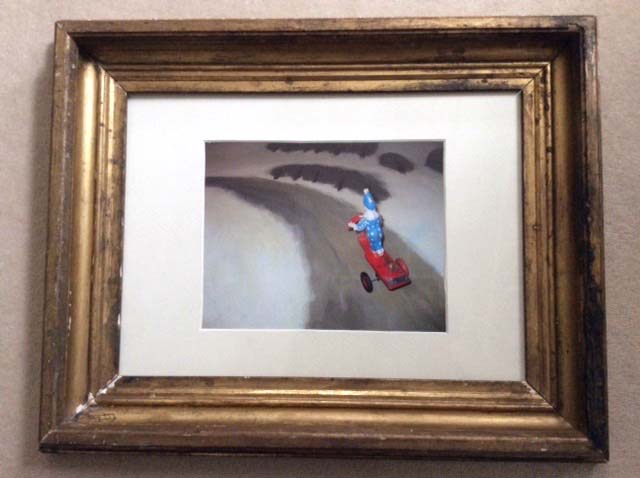
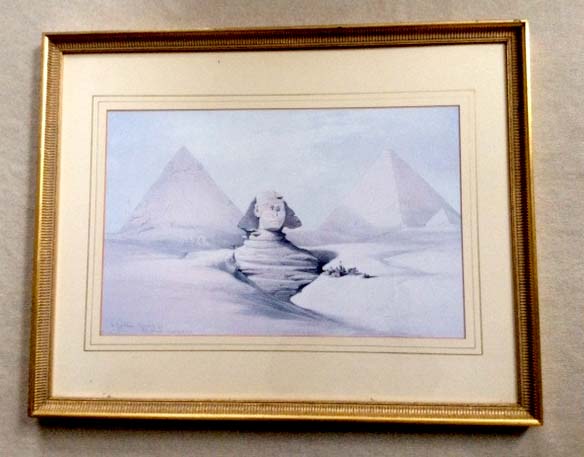
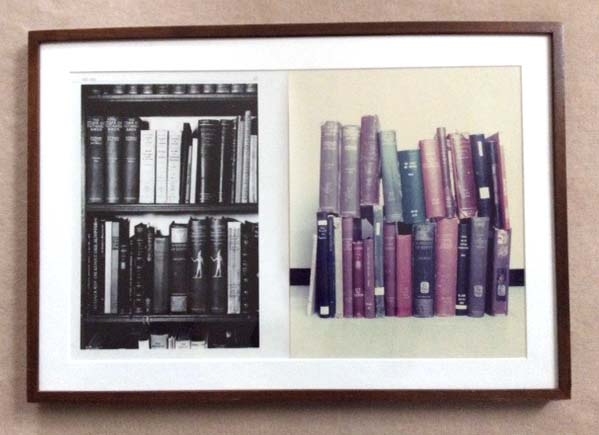
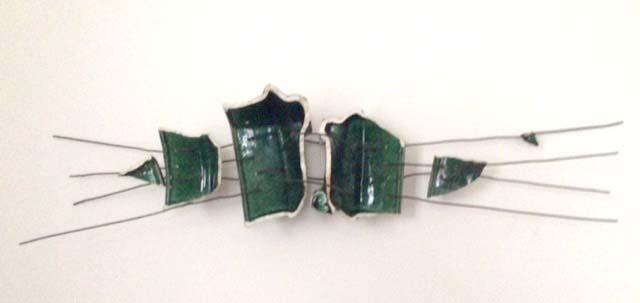
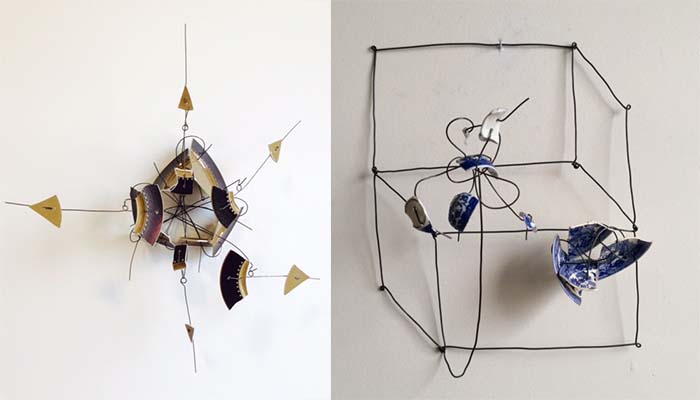
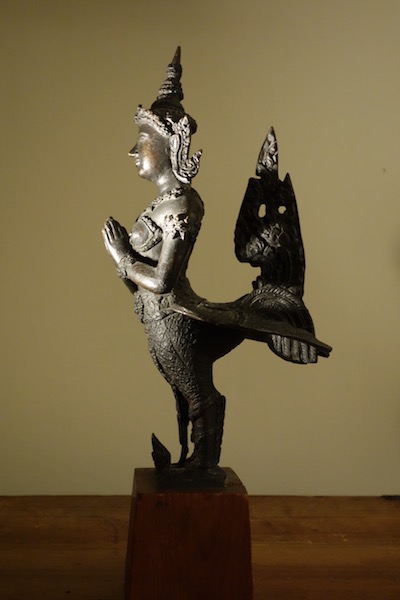
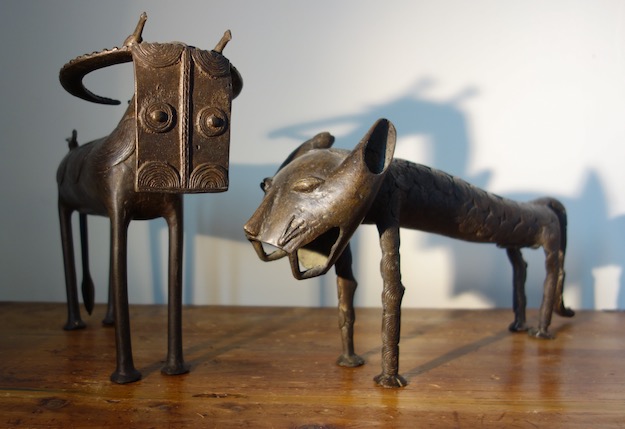
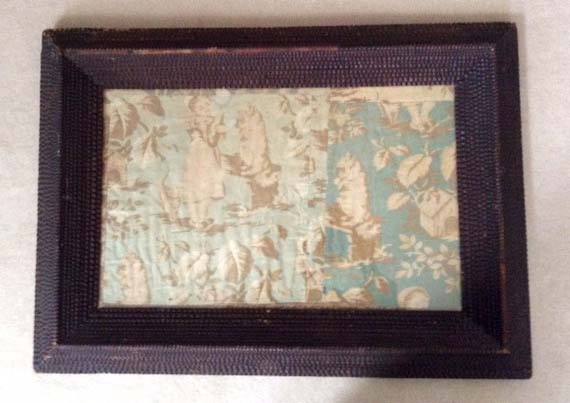
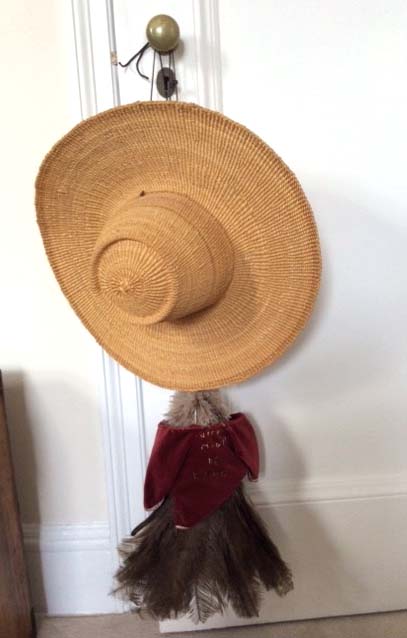
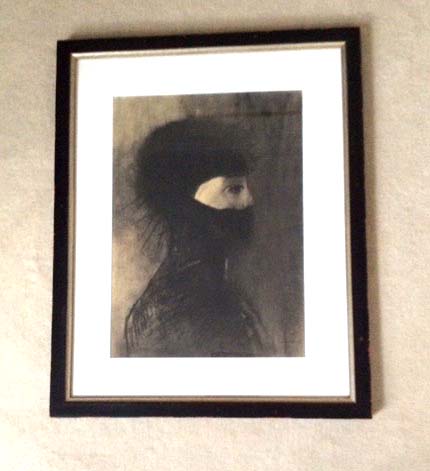
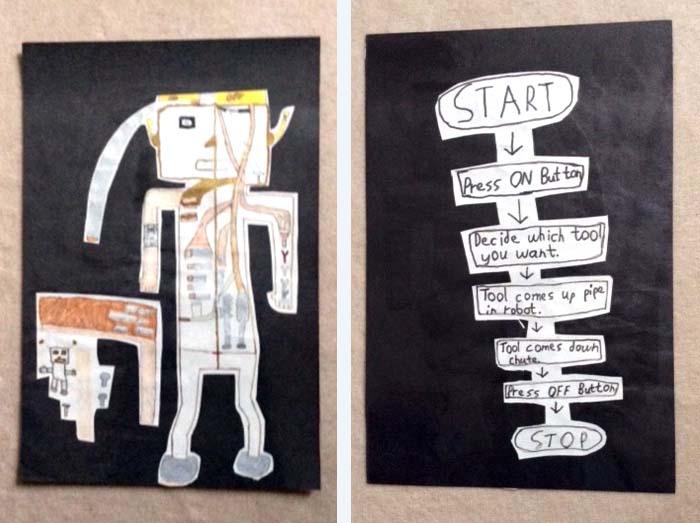
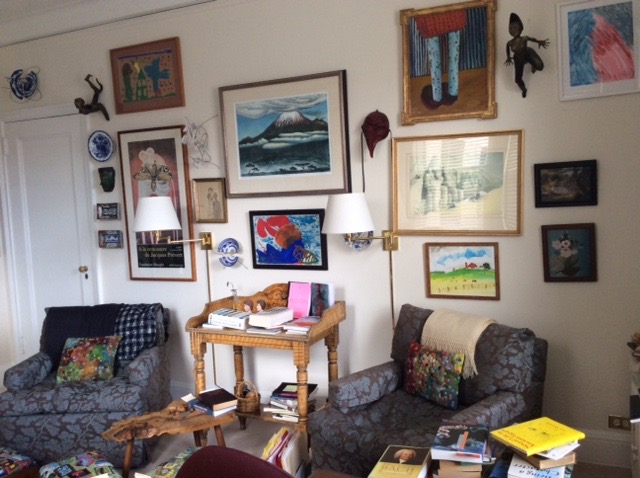
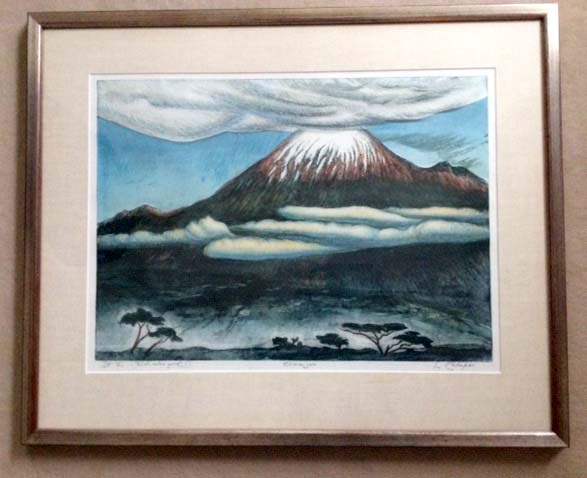
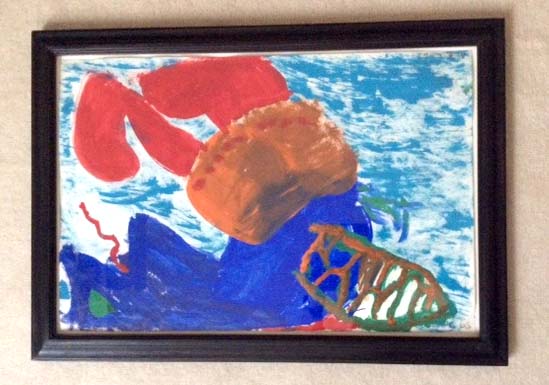
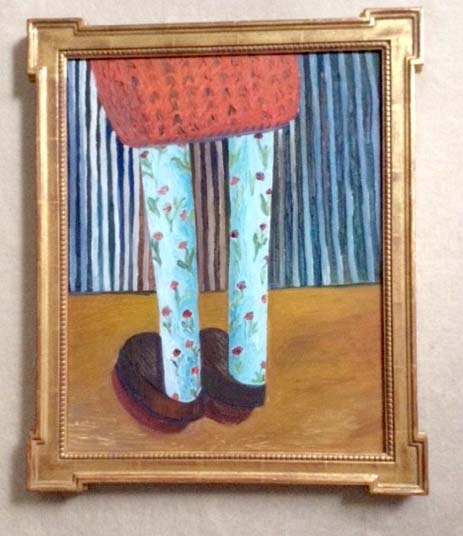
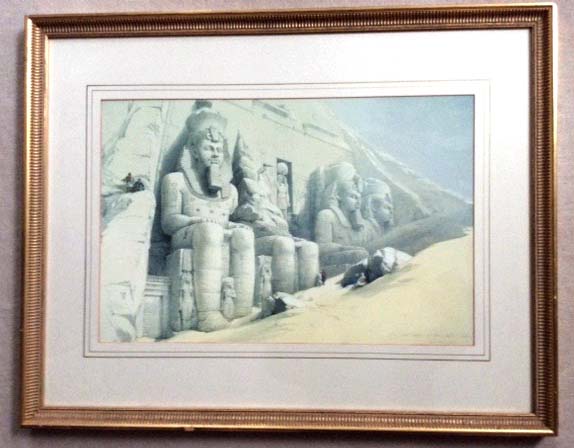
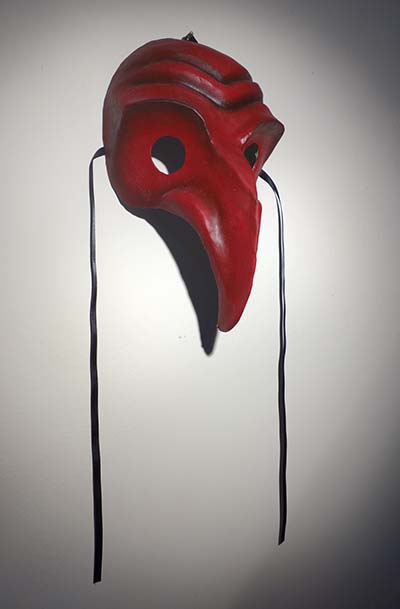
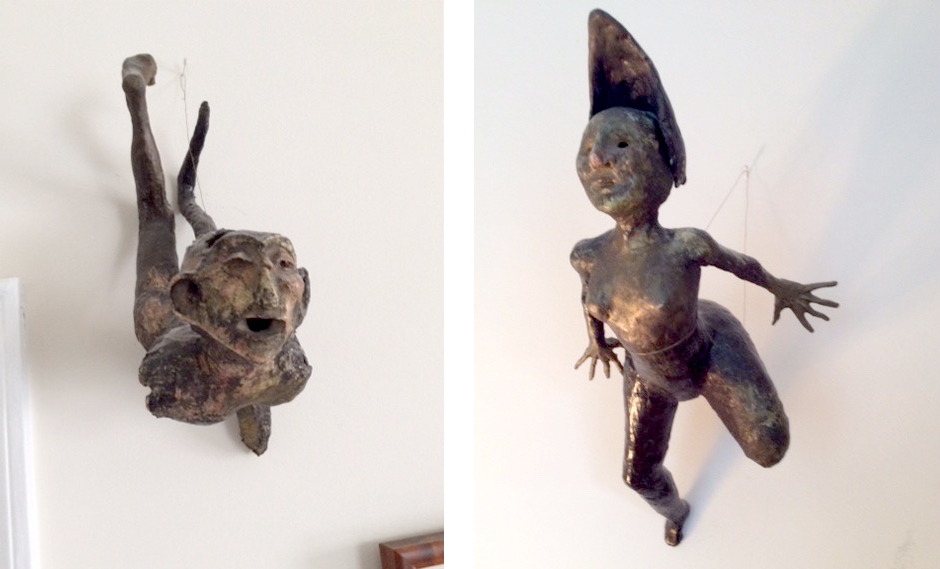
Comments
Post a Comment